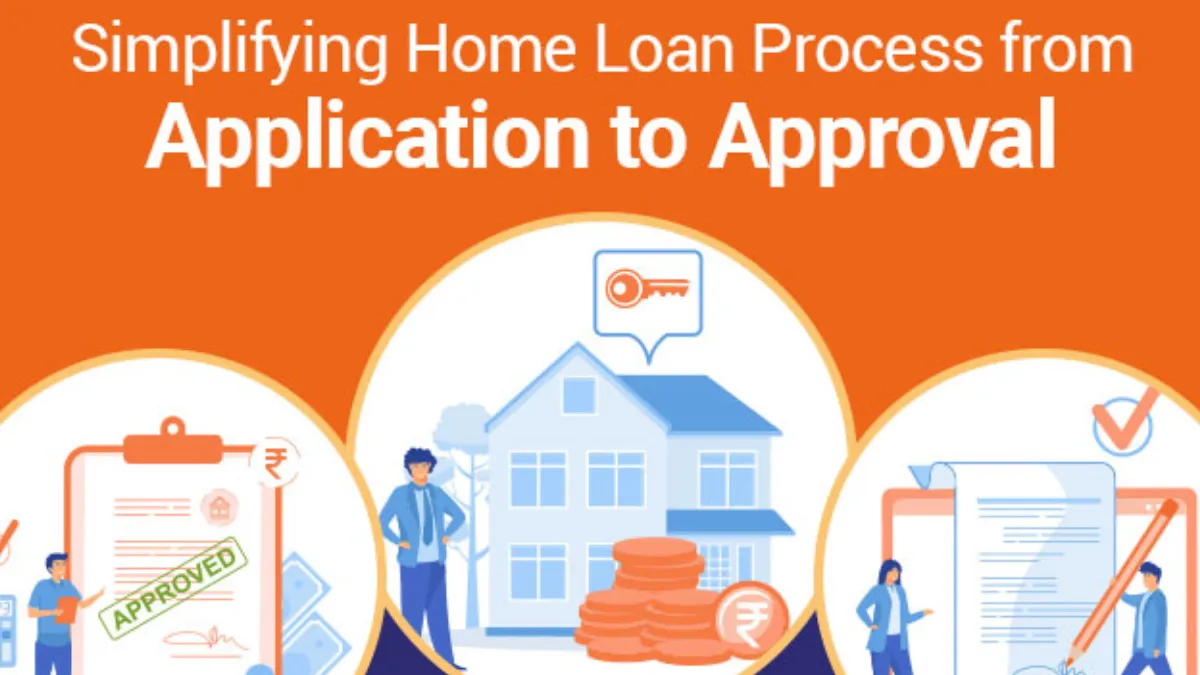From Approval To Payoff: Your Loan Journey Explained — the phrase itself encapsulates the transformative financial journey many individuals take when securing and repaying a loan. Whether it’s buying a home, funding education, growing a business, or managing unforeseen emergencies, loans have become indispensable tools in modern financial planning. But how well do we understand this journey?
In this comprehensive guide, we break down every phase of the loan process: from understanding your financial needs and applying for the right loan to navigating interest rates and repaying responsibly.
1. Understanding the Need for a Loan

Before stepping into the loan market, the first question to ask yourself is: Why do I need a loan? Your answer could range from:
- Buying a car or home
- Paying for higher education
- Starting or expanding a business
- Managing medical emergencies
- Consolidating debt
Knowing the purpose of your loan helps determine the type of loan you should pursue. For example:
- Home Loan for purchasing real estate
- Personal Loan for multiple needs without collateral
- Education Loan for academic expenses
- Business Loan for capital or expansion
- Auto Loan for vehicles
2. Evaluating Your Loan Eligibility
From Approval To Payoff, Before applying, it’s crucial to assess whether you qualify for a loan. Lenders evaluate various factors including:
- Credit Score: A good credit score (700+) ensures better terms.
- Income Level: Regular income assures lenders of repayment ability.
- Employment Status: Stability is key—salaried or self-employed professionals both qualify but may face different criteria.
- Existing Debts: High debt-to-income ratio can lower your chances.
You can use online eligibility calculators offered by banks to pre-check this.
3. Exploring Types of Loans
Understanding the various loan types helps you make informed decisions:
Secured Loans
- Require collateral (like property or vehicle)
- Lower interest rates
- Higher risk if repayment fails
Unsecured Loans
- No collateral required
- Higher interest rates
- Based on creditworthiness
Fixed vs Floating Interest Loans
- Fixed Rate: Interest rate remains the same throughout
- Floating Rate: Rate fluctuates with the market
4. The Application Process
Step-by-Step Guide:
- Research Lenders: Banks, NBFCs, online platforms—compare rates and terms.
- Documentation: Commonly required:
- Proof of identity and address
- Salary slips or income tax returns
- Bank statements
- Loan purpose documents
- Submit Application: Online or offline, depending on the institution.
- Verification Process: Includes credit check and background review.
- Loan Approval: Upon satisfactory verification, the loan is approved.
- Loan Disbursal: Funds are credited to your account or vendor’s account.
5. Understanding Loan Terms
Pay attention to these critical components of any loan agreement:
- Principal: The original loan amount
- Interest Rate: Cost of borrowing
- Tenure: Duration of loan repayment
- EMI: Monthly installment amount
- Processing Fee: One-time fee for processing the loan
- Prepayment Clause: Charges for early repayment (if any)
Read the fine print carefully before signing.
6. Managing Your Loan Repayment
Calculating EMIs
Use an EMI calculator to know your monthly outflow. Don’t overcommit—keep EMIs within 30–40% of your monthly income.
Repayment Strategies
- Set up auto-debit from your account
- Create a budget to track expenses
- Use bonuses or surplus income for prepayments
- Refinance if you get a better rate from another lender
Avoiding Defaults
Missing EMIs can affect your credit score and lead to penalties or legal action. Communicate with the lender in case of genuine hardship.
7. The Payoff Phase
Paying off a loan brings both financial relief and improved credit standing.
Loan Closure Process:
- Repay the final EMI
- Obtain a No Objection Certificate (NOC) from the lender
- Get the loan closure certificate
- Ensure the credit bureau reflects loan closure
If it’s a secured loan, also initiate release of collateral documents.
8. Credit Score Impact

Every phase—from application to final payoff—impacts your credit score:
- Timely Payments = Score goes up
- Missed EMIs = Score drops
- Loan Closure = Positive impact
Regularly check your CIBIL/Equifax/Experian reports for accuracy.
9. Smart Borrowing Tips
- Borrow only what you need
- Read all terms & conditions carefully
- Compare multiple lenders
- Choose shorter tenures to reduce interest outflow
- Don’t take multiple loans simultaneously
FAQs
Q1: How can I improve my chances of loan approval?
Maintain a good credit score, stable income, and low existing debt. Apply with proper documentation.
Q2: What is the difference between fixed and floating interest rates?
Fixed rates remain constant; floating rates vary with the market.
Q3: Can I repay my loan early?
Yes, but check for prepayment charges in your agreement.
Q4: What happens if I default on my loan?
You may incur penalties, damage your credit score, and risk legal action or collateral seizure.
Q5: Is it better to take a longer or shorter loan tenure?
Shorter tenures cost less in interest and loan, but EMIs are higher. Choose based on your income capacity.
Also Read: Loan Logic: Making Borrowing Work For You
Conclusion
From Approval to Payoff: Your Loan Journey Explained aims to empower borrowers with the knowledge to make wise financial decisions. Loans can be stepping stones toward your dreams—but only when approached with clarity, discipline, and responsibility. Understanding the entire process—from applying to repaying—can transform a seemingly daunting experience into a structured, manageable, and even empowering financial step.




